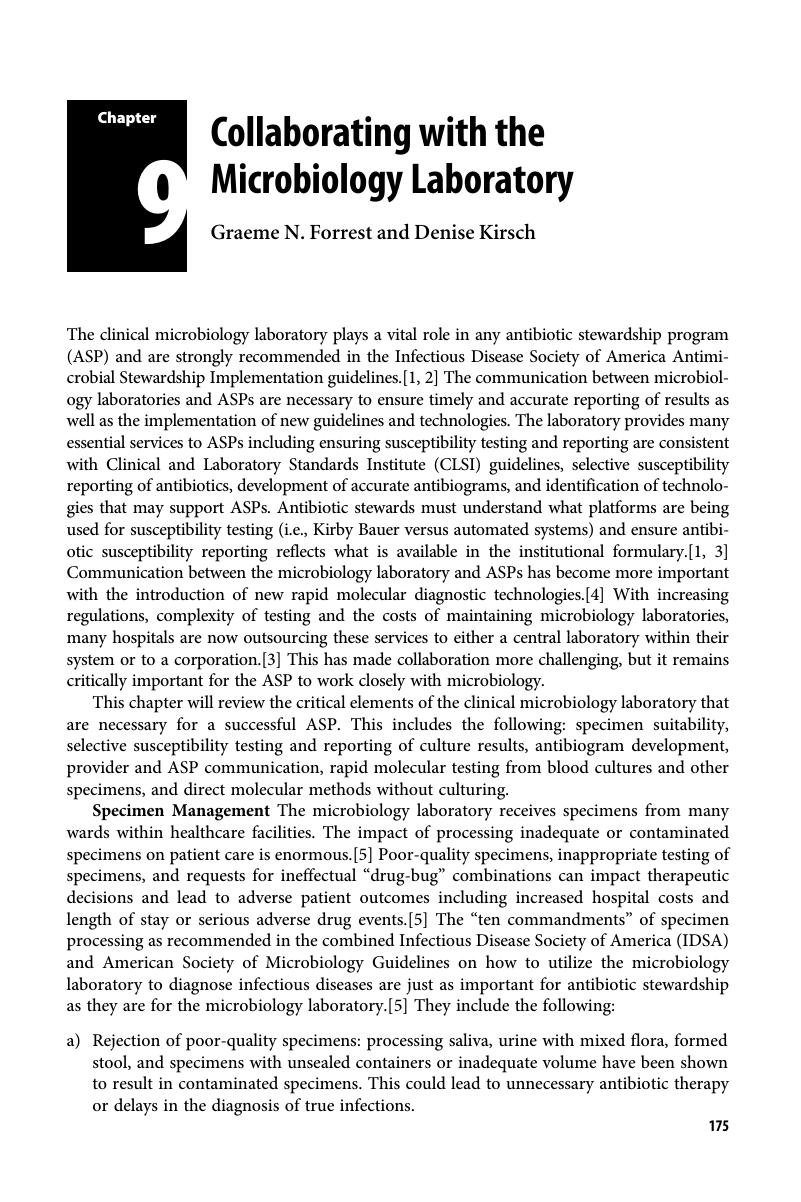Book contents
- Practical Implementation of an Antibiotic Stewardship Program
- Practical Implementation of an Antibiotic Stewardship Program
- Copyright page
- Contents
- Contributors
- Preface
- Chapter 1 The Need for Antibiotic Stewardship Programs
- Chapter 2 Structure of an Antibiotic Stewardship Team and Core Competencies
- Chapter 3 The Social Determinants of Antibiotic Prescribing
- Chapter 4 Selecting and Applying Antibiotic Stewardship Strategies
- Chapter 5 Syndrome-Based Antibiotic Stewardship
- Chapter 6 Duration of Therapy
- Chapter 7 Measurement in Antibiotic Stewardship
- Chapter 8 What Every Steward Should Know About Pharmacokinetics and Pharmacodynamics
- Chapter 9 Collaborating with the Microbiology Laboratory
- Chapter 10 Informatics and Stewardship
- Chapter 11 Antibiotic Allergies and Antibiotic Stewardship
- Chapter 12 Antibiotic Stewardship in Post-Acute Care Facilities
- Chapter 13 Outpatient Antibiotic Stewardship
- Chapter 14 Maintaining an Antibiotic Stewardship Program: Keeping Everyone Happy and Remaining Relevant
- Chapter 15 Practical Antibiotic Stewardship
- Index
- References
Chapter 9 - Collaborating with the Microbiology Laboratory
Published online by Cambridge University Press: 06 April 2018
- Practical Implementation of an Antibiotic Stewardship Program
- Practical Implementation of an Antibiotic Stewardship Program
- Copyright page
- Contents
- Contributors
- Preface
- Chapter 1 The Need for Antibiotic Stewardship Programs
- Chapter 2 Structure of an Antibiotic Stewardship Team and Core Competencies
- Chapter 3 The Social Determinants of Antibiotic Prescribing
- Chapter 4 Selecting and Applying Antibiotic Stewardship Strategies
- Chapter 5 Syndrome-Based Antibiotic Stewardship
- Chapter 6 Duration of Therapy
- Chapter 7 Measurement in Antibiotic Stewardship
- Chapter 8 What Every Steward Should Know About Pharmacokinetics and Pharmacodynamics
- Chapter 9 Collaborating with the Microbiology Laboratory
- Chapter 10 Informatics and Stewardship
- Chapter 11 Antibiotic Allergies and Antibiotic Stewardship
- Chapter 12 Antibiotic Stewardship in Post-Acute Care Facilities
- Chapter 13 Outpatient Antibiotic Stewardship
- Chapter 14 Maintaining an Antibiotic Stewardship Program: Keeping Everyone Happy and Remaining Relevant
- Chapter 15 Practical Antibiotic Stewardship
- Index
- References
Summary

- Type
- Chapter
- Information
- Practical Implementation of an Antibiotic Stewardship Program , pp. 175 - 205Publisher: Cambridge University PressPrint publication year: 2018



